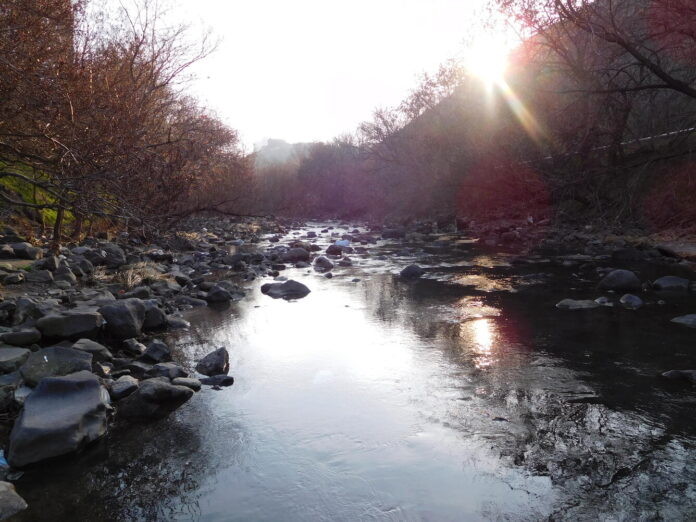By Levon Karamanoukian
Special to the Mirror-Spectator
A recent study published in the journal Food and Waterborne Parasitology (March 2024) has identified high levels of disease-causing parasites in the water supply throughout the Republic of Armenia. Preliminary research findings suggest that the parasites Giardia and Cryptosporidium may be widespread in Armenia source water.
Funded by the State Committee of Science of the Republic of Armenia, the research study was conducted by a collaborative effort of scientists in Norway and Armenia. Lead researcher and Parasitologist, Lucy Robertson of the Norwegian University of Life Sciences, collaborated with experts at the Scientific Center of Zoology and Hydroecology in Yerevan to collect 24 water samples from rivers and lakes throughout Armenia. The scientists examined the water samples from Lake Sevan and major rivers to test for the presence of the diarrhea-causing parasites Giardia and Cryptosporidium.
The purpose of the study was to identify parasites in water sources that supply geographic population centers. Field investigators in Armenia collected samples from a wide geographic range, including fresh river water and sedimentary deposits in soil. Oleg Shcherbakov, a researcher at the Scientific Center of Zoology and Hydroecology in Yerevan then traveled to Norway to further help in the laboratory analyses of the water samples. These water samples were then studied to identify the presence of parasites that may cause disease in animals in humans.
Parasites can cause disease in humans and livestock. According to the Centers for Disease Control in the US, both Giardia and Cryptosporidium are water-borne parasites that cause a diarrhea-type gastrointestinal illness. While animals with Cryptosporidium can transmit the parasite to humans, contamination of water supplies is the primary source of transmission. These parasites are commonly associated with fecal material found in soils, human or animal contact, or food. One major source of these parasites are from animal sources that transmit the microbes to humans.








